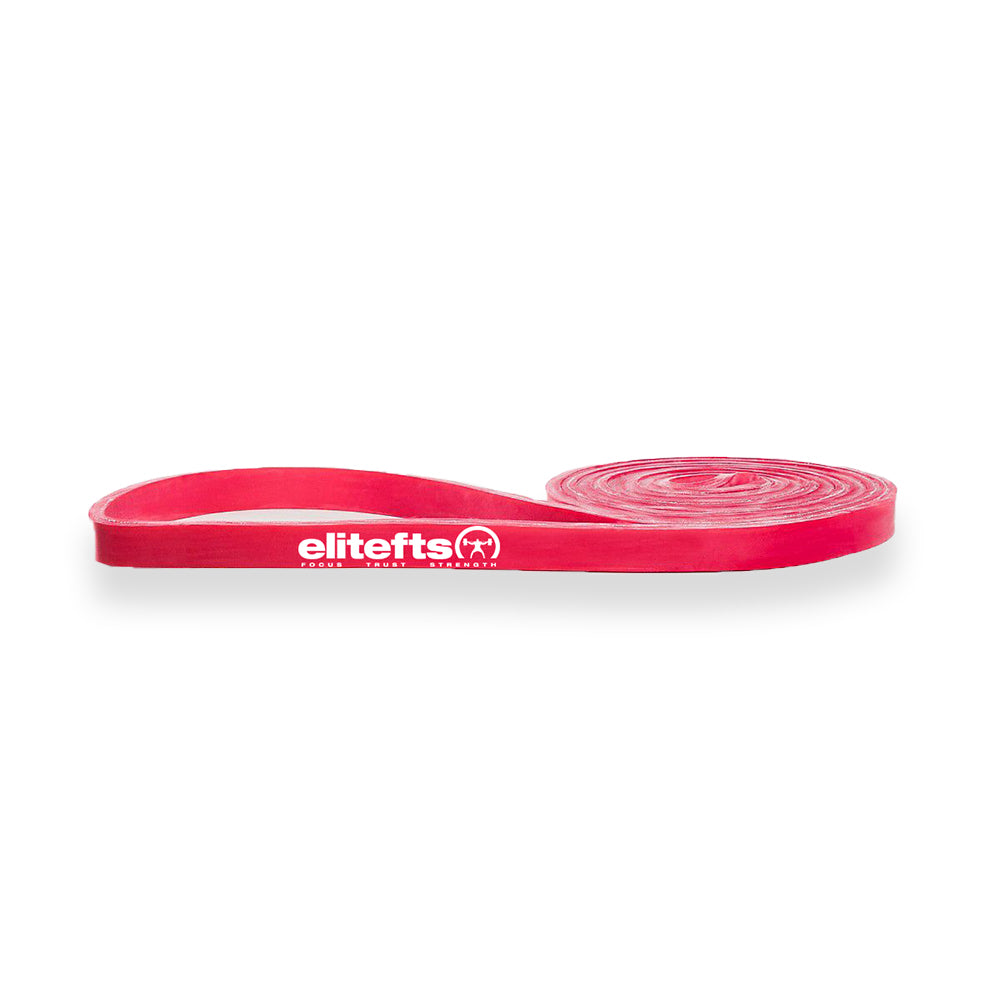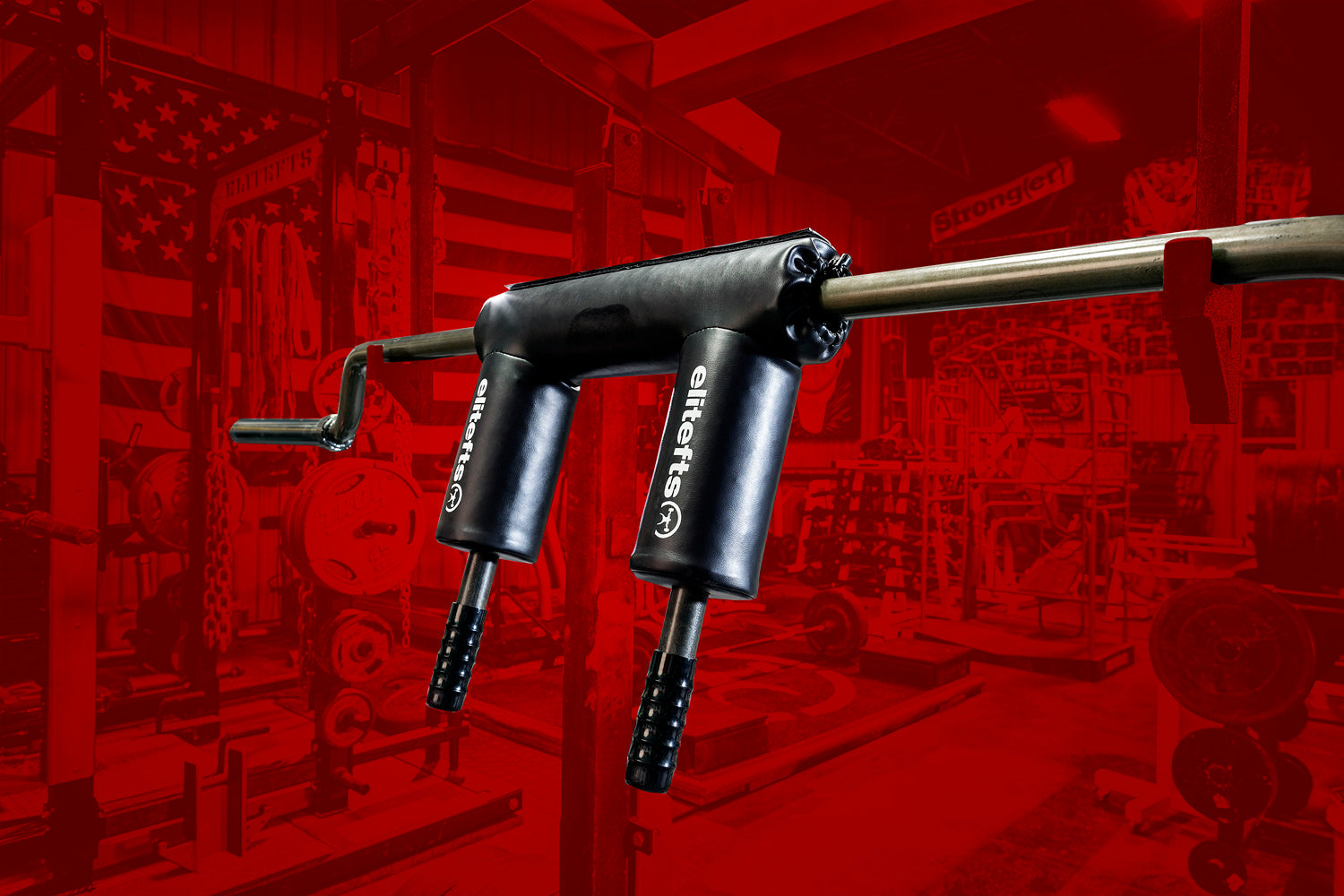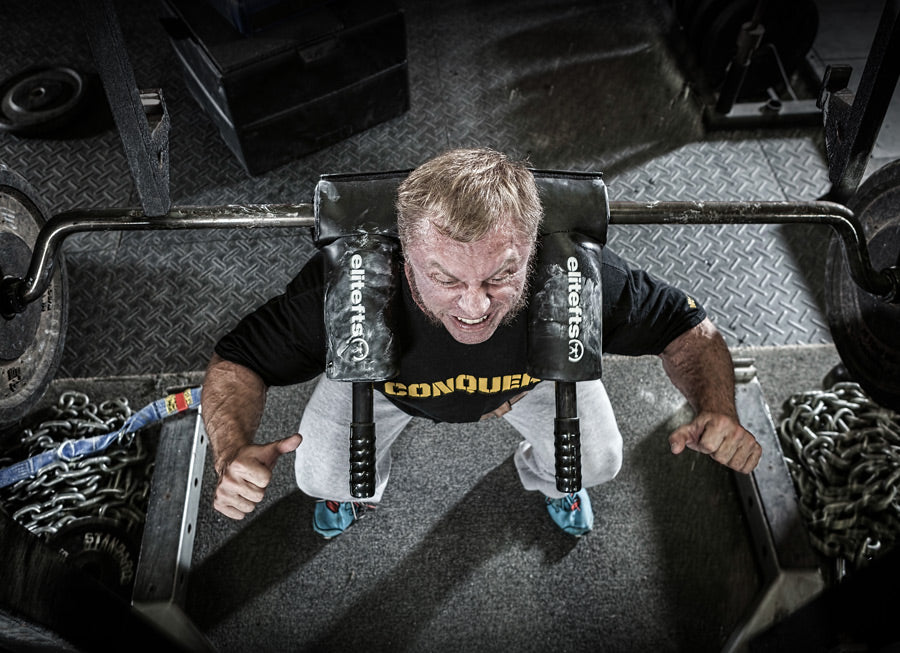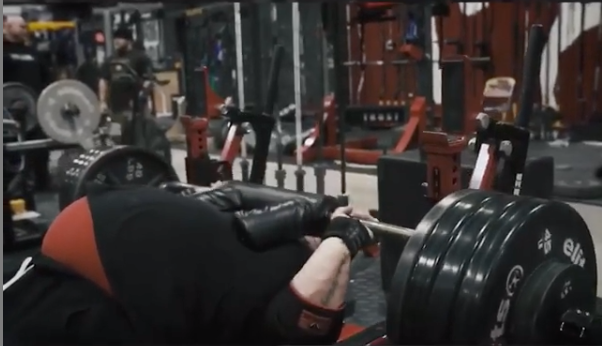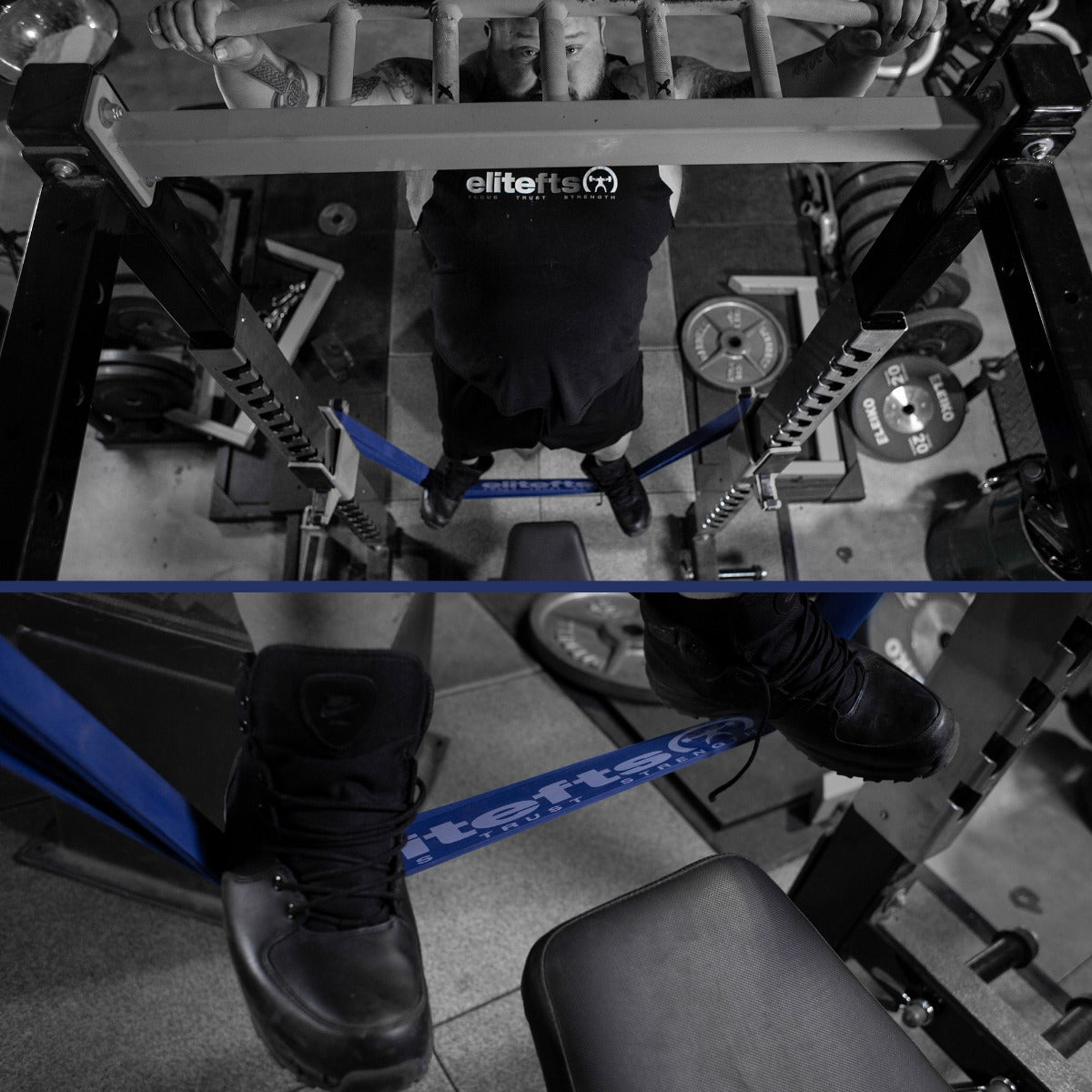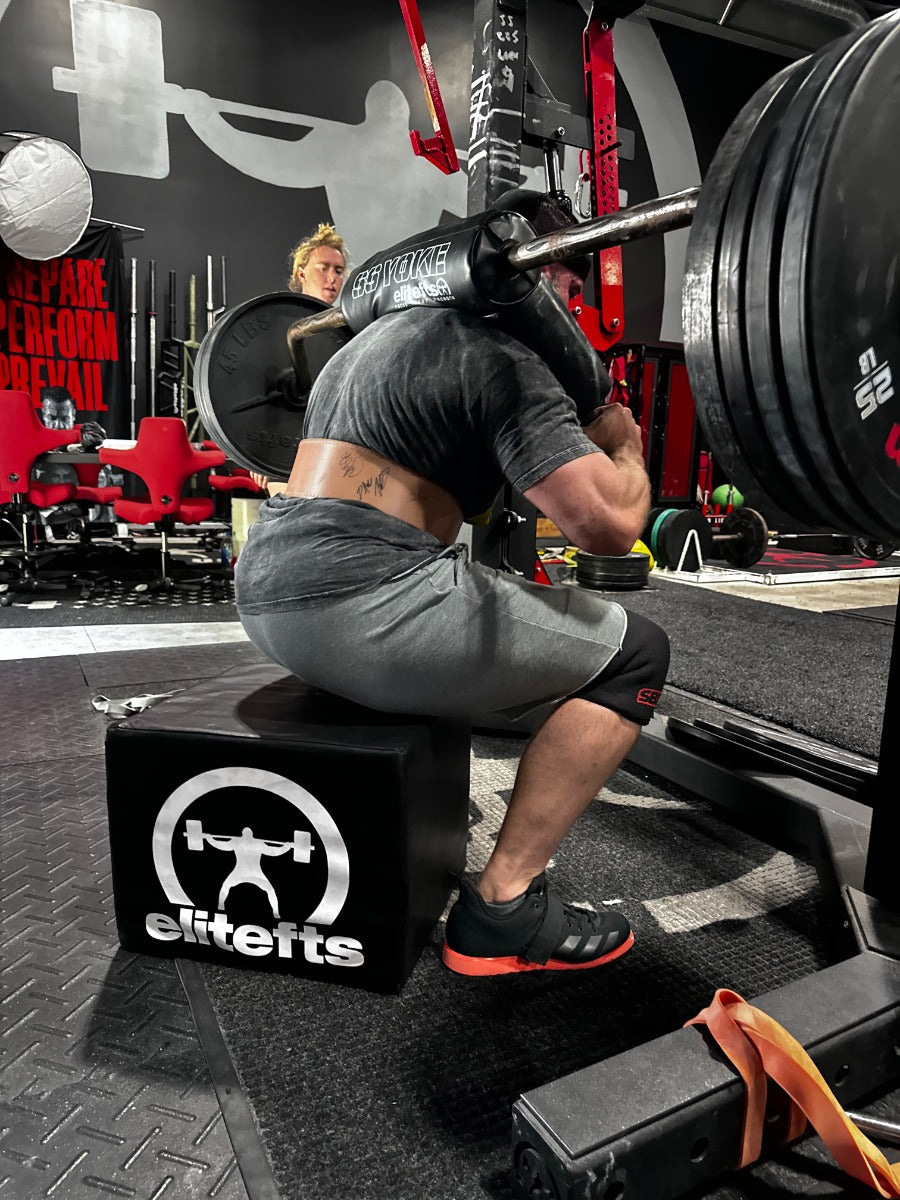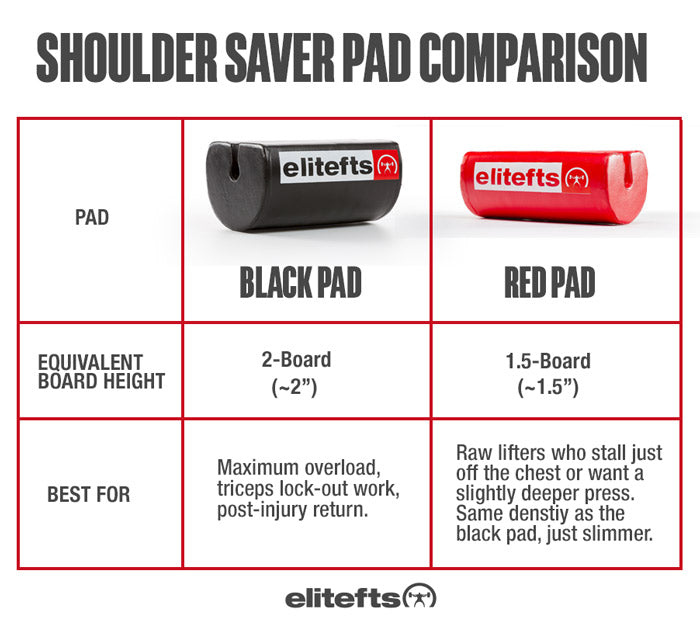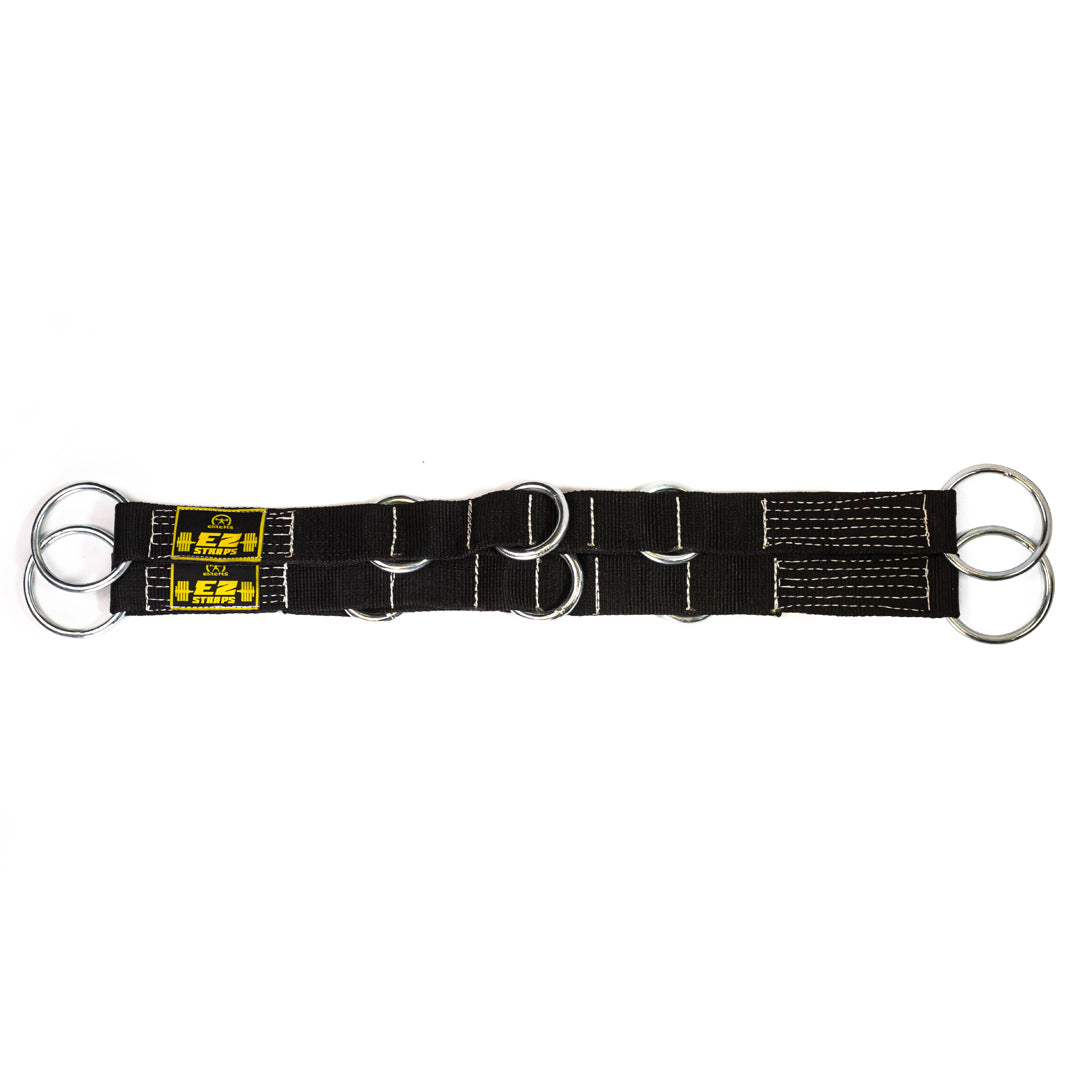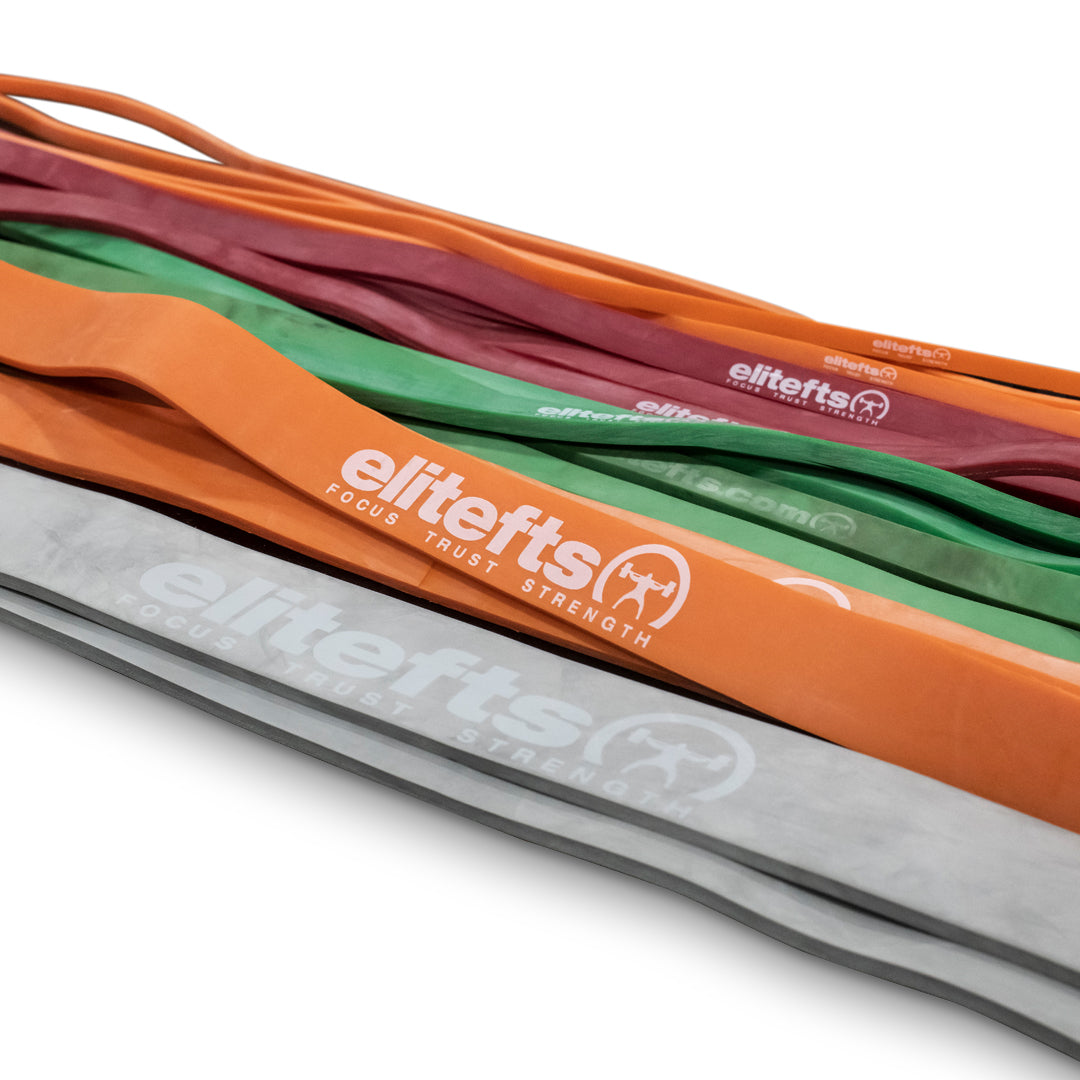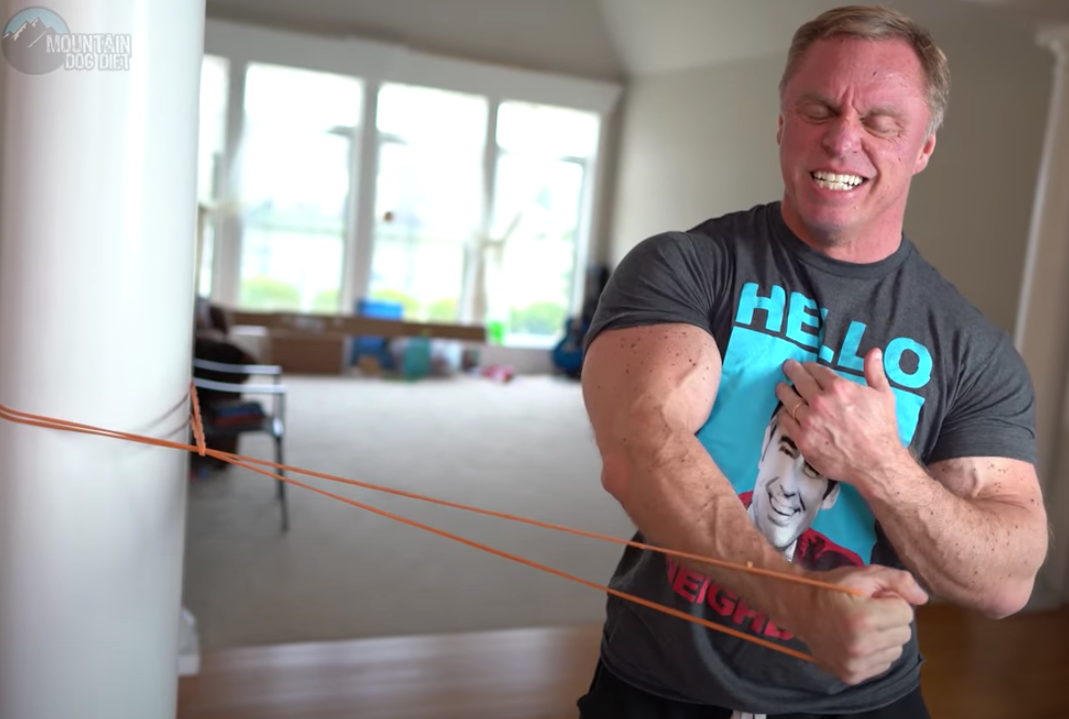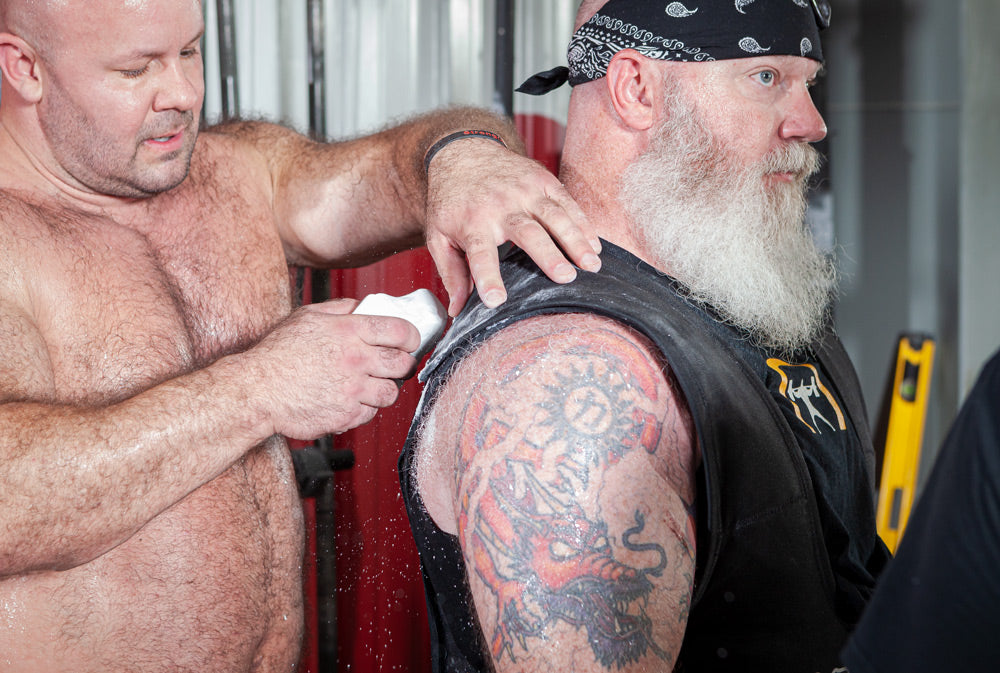I’m currently in off season mode working on bringing up certain qualities and weaknesses I noticed from the IPA Grand Prix Nationals. This training will be laying the ground for my training cycle into the 2016 XPC Finals.
For programming and coaching inquires, please email SmitleyPerformanceSystems@gmail.comI've come across a common theme of seeing "paused" work for the squat, bench press, and deadlift in programming and across the powerlifting interwebz. I can't knock the idea that much, as I personally program pause squats for either myself or for clients, as I've seen huge dividends with it. However, the paused deadlift (usually at or below the knee) is one of the movements I've grown to dislike. I used to program and even perform them myself, but after a while and looking back, I saw that I was pretty much wasting mine or my clients time with them.
Now you're probably asking, "Why don't you like the paused deadlift?"
In short, I just think the combination of the risk, technique, and other factors just make it not an optimal movement for overcoming a specific weak point in a deadlift.
Let's get to some specifics though.
RISK
The paused deadlift requires the lifter to start the pull from the floor and then pause the lift that the riskiest position biomechanically. Ideally, the body should be in a perfect position (lats tight, weight on the heels, hamstrings loaded, abs braced, and low back arched) but we all know that with a max effort pull, this rarely happens PERFECTLY. With the correct body position, I think there can be some benefit to this, but nine out of ten times I see people completely botch the positioning, putting their low back in harms way.
How to train this without the risk?
Good Mornings from Pins/Straps
[youtube=https://www.youtube.com/watch?v=dC4g2B-Qfes]
I like this variation because with the safety pins or straps set up at the right position, you will notice that the hip positioning is about the same as the paused deadlift. However, you have an external stimulus between each rep on where the end range of motion is and have to create rate of force development to get the bar to break the pins or straps. There is also minimal eccentric loading, just like a deadlift. Of course you can also make these suck more by using a SS Yoke Bar, Cambered Bar, or adding bands and chains to the movement. Your squat will also probably benefit from this as well, so we're killing two birds with one stone.
Programming: - Max Effort: Heavy sets of 1-3 reps - Supplemental: 2-4 sets of 6-10 reps
RATE OF FORCE DEVELOPMENT
Another reason I am not a fan of this movement is due to the rate of force development, or lack thereof. With the paused deadlift, the lifter is taught to not pull the bar with maximal force from the floor, slow the bar down to stop, and then re-accelerate the bar to finish the movement. The final step (re-accelerating the bar) is great, the other two steps to get to that position...not so much. If you watch anyone pull a max effort deadlift, they are pulling fast (even though the bar speed may not indicate so) and they never stop pulling fast until they complete the lift or they miss the lift.
I've found with most lifters that get stuck around the knee, it's usually because they are out of position or they lack the speed going into the sticking point/mini-max to blast through it. With the paused deadlift, one would be accentuating the slow down of the bar where there is already an issue.
How to train this?
Speed Deadlifts
[youtube=https://www.youtube.com/watch?v=94nLThVGNYs]
With the speed deadlifts (whether against bands or chains) the lifter is forced to continue to keep pulling fast or the lift will stall. The strength curve is also trained, as the weight gets heavier at the top. So if you miss at lock out, this is going to let you get more weight at the top anyways, forcing you to get your hips through.
Programming: - Dynamic Effort Days: --- Straight Weight: 6-10 singles at 60-75% --- Against Bands/Chains: 6-10 singles at 50-60% - Max Effort Days: Heavy sets of 1-3 reps
Block Pulls from Below the Knees
[youtube=https://www.youtube.com/watch?v=15kUpHnJ0K0]
I personally am a big fan of block pulls. I think for lifters that have issues at lockout or working around the knee, these are some of the best things you can do. You can also add bands or chains to the movement to really reinforce rate of force development. The big thing with block pulls, is to place them slightly below where your sticking poing/mini-max is. This is going to have you accelerating through the point where you have issues, and actually developing speed through that point. I personally have more problems with block pulls from about 2-3 inches off the floor than I do actually pulling from the floor because I can't develop enough speed to blast through my sticking point. Therefore, when I get better at 2-3 inch block pulls, I know my deadlift is improving.
Programming: - Max Effort: Heavy sets of 1-3 reps - Supplemental: 2-5 sets of 3-6 reps
Glute Ham Raise vs Band[youtube=https://www.youtube.com/watch?v=KEANXxHsI_g]
Glute ham raises are excellent hamstring builders for your deadlift, regardless of where you have issues, but performing them against a band is another great movement to help your deadlift if you have issues at the knee position. Again, the band is going to force you to accelerate from the bottom position to have enough speed to finish the movement. I can guarantee you, if you get good at glute ham raises against bands, your deadlift is going to go up and you're going to miss less weights at the knee.
Programming: - Accessory Only: 3-6 sets of AMAP
TECHNIQUE
The final, but probably most important thing I'd like to address is technique. If your technique is off before you even get to the knee, you're going to have issues finishing the pull. Being out of position will force the bar to slow due to poor biomechanics, and you also risk injury (which we've discussed above).To get a thorough understanding of technique and even just break the deadlift down to a micro level, I highly suggest reading The Free Deadlift Manual by Dave Tate.
I wanted to bring this up, as I think there are some movements that can help reinforce good technique through this position.
Romanian Deadlift
[youtube=https://www.youtube.com/watch?v=NBSLKygXoBA]
The reason I like RDL's is because as you get to the bottom position by the knee, you HAVE to be in good position biomechanically otherwise your back will explode. You're also getting good eccentric hamstring activity (something most deadlift variations don't provide). When you reach the bottom position, you also have a brief isometric period where you must go from eccentric to concentric. This reversal strength is exactly at the position where you are wanting work.
Programming: - Supplemental: 2-4 sets of 8-12 reps
Dimel Deadlift
[youtube=https://www.youtube.com/watch?v=UWTSNmulwJM]
The Dimel deadlift is another great variation for teaching positioning and technique, but we also get a ton of speed work from it specifically at points where we need it (from the knee to the hip). This is a very complex movement, and recommended that you have the RDL down perfect. It does not take much weight with the Dimel deadlift, and usually a good working weight is going to be 25%-30% of your deadlift max for sets of 20 reps. Really make sure your technique stays crisp throughout the whole range of motion, and you can expect your deadlift to see good dividends from this.
Programming: - Accessory Only: 25%-30% of deadlift max for 2-3 sets of 20-30 reps








